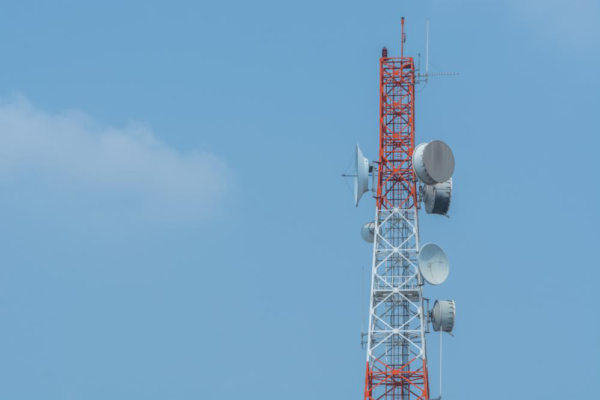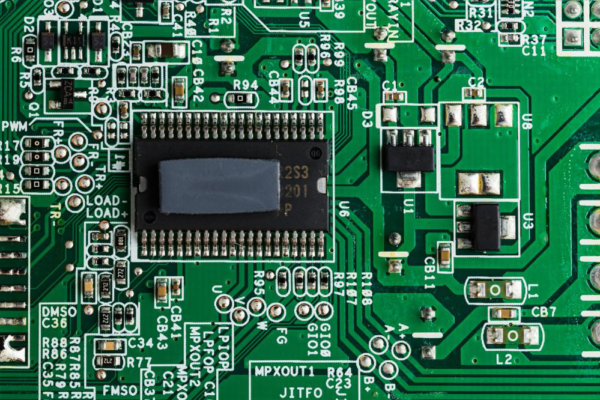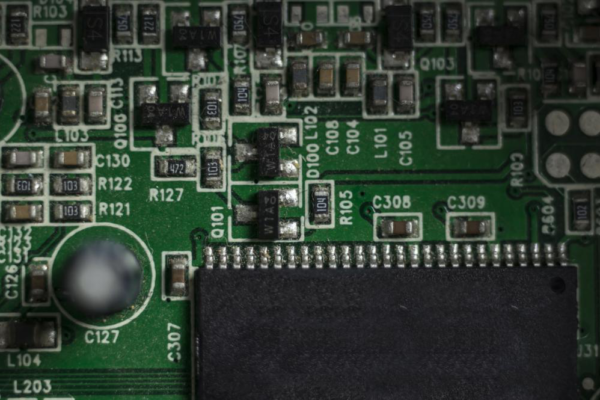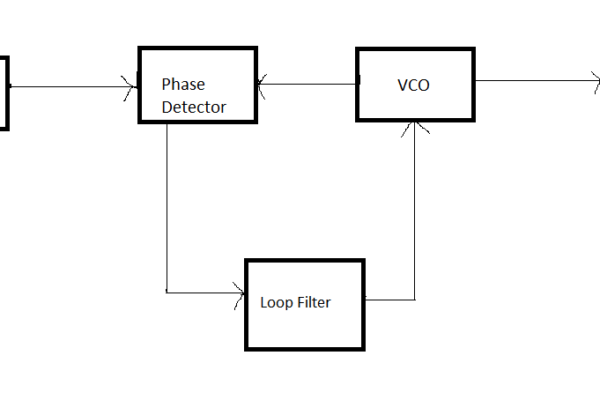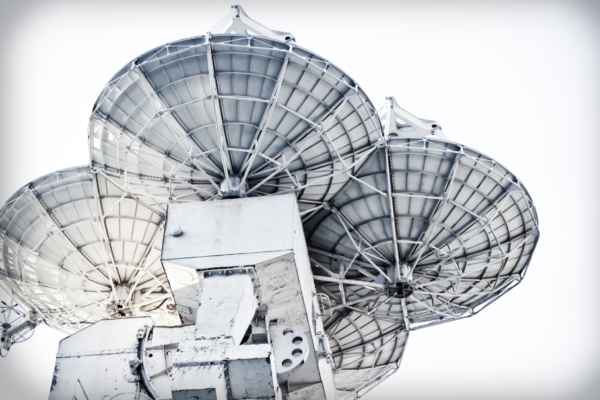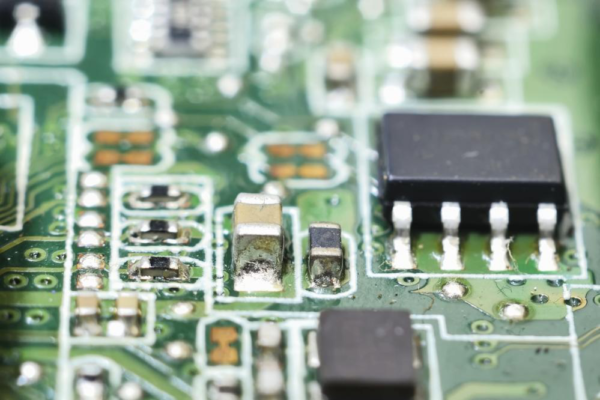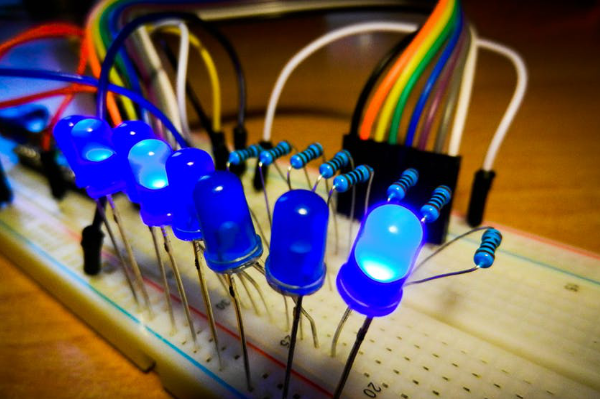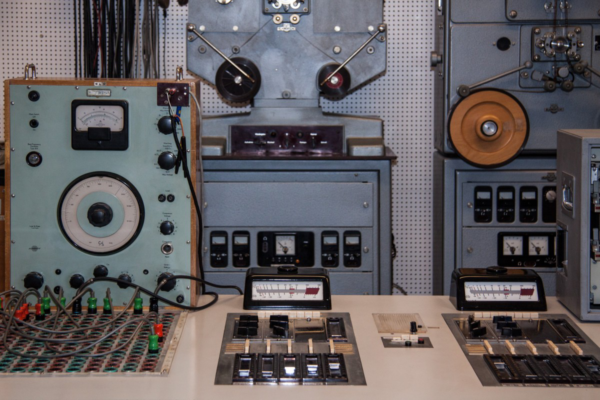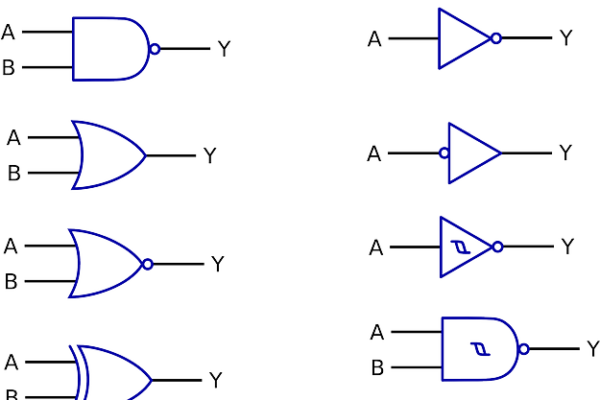The Working and Applications of D-type Flip-Flops
A fundamental block of digital electronics, flip-flops are sequential logic gates used in memory circuits. The computers and communication systems that we’re using today are the courtesy of flip-flops.
Analog vs. Digital Noise Filters
Signal transmission over large distances exposes systems to various environmental disturbances, causing attenuation, distortion, interference, and noise. Filters remove these unwanted signal components—maintaining the signal integrity and improving your system efficiency.
Getting Started with Decoders
The need to convert data from one format to another and reduce the number of transmission lines lead to the development of encoders. To date, encoders are integral parts of many communication systems. However, once the data is coded into its equivalent code, a decoder is needed at the receiving end to retrieve the original […]
The Multiple Applications of Multipliers
With more than 70% of signal processing algorithms using multiplication and addition, multipliers have become an integral part of signal processing. Keeping these numbers in mind, it’s evident that we require a high-speed multiplier for rapid processing. With high-speed digital processing applications, designers are always on the lookout for components with high speed and low power […]
The Working Of Phase Detector In PLL
The PLLs—Phased Locked Loops—constitute a basic building block of modern electronic circuits. PLLs are used in a host of applications, including communication and multimedia. These come in two variants: linear and non-linear. While linear PLLs are suitable for most applications, the non-linear PLLS are relatively complex and difficult to design.
Decoding the Working of Encoders
Digital electronics revolve around the conversion of data into different formats that are compatible with certain devices. While conceptualizing them, designers focus on using the minimum number of transmission lines for data transfer. One such space-efficient solution involves the use of encoders.
Designing a Phase Detector: What You Need to Know
At the heart of any Phase Locked Loop, we see the Phase Detector. Simply put, this electrical component is critical to achieve the functionality of the phase locked loop (i.e. to achieve phase coherence and/or synchronization between two signals).
Understanding the Importance of Error Detectors
Error detection often gets a bad rep for being too complicated. People relatively new to the concept often struggle with the fundamental concepts involved and just add to the myth of error detection being overwhelmingly difficult.
Frequency Synthesizers 101: What They Are And How They Work
When you hear the word frequency synthesizer, you may imagine a DJ at a party mixing it up or you may know what this device exactly is. Regardless, the significance of frequency synthesizers in our everyday life is undeniable.
Where Are Analog to Digital Converters Used?
ADC, short for Analog to Digital Converter, is one of the most important electronic components at the disposal of any electronic engineer. These circuits, as the name suggests, are used to convert data from analog form to digital form.
A Comprehensive Guide to Phase Detectors And Their Types
Phase detectors are an integral part of electronic circuits due to the purpose they serve. In principle, a phase detector is used to generate an output voltage that is directly related to the phase difference between two varied signals.
Differentiator Amplifiers: How They Work
Differentiator amplifier, also known as a differentiating amplifier or a differentiator circuit, is an operational amplifier in which output voltage is directly proportional to the input’s time derivative. In simpler words, the output voltage can be modified based on the time derivative or the RC time constant. The RC constant is the product of the […]
How Digital Buffers Are Used For Amplification
Digital buffer is an electronic component that is being used all around us. It’s used for temperature measurement in boilers as well as in an aircraft flying in cold environments. It’s also used in control circuits designed for aircraft, airports, subways, and in a multitude of production operations.
Multiplexing – How It Works and Significance in Data Communication
In the world of data communication, no technique is more widely used than multiplexing. Not only is it crucially important to data communication but it’s also widely used in the world of electronics and computer networks.
The Ultimate Beginner’s Guide to Digital Logic Gates
Digital systems are all around us. We use them on a daily basis, sometimes not realizing we’re using one. It’s not an understatement to say that, perhaps, a world without digital systems would be nothing short of a dystopia.

